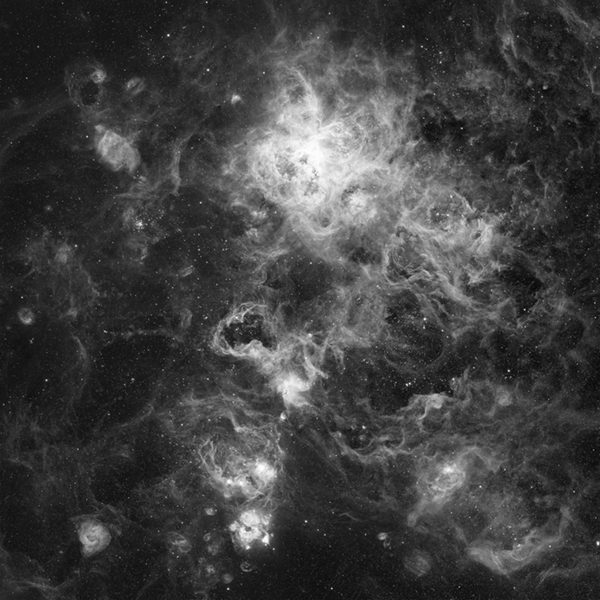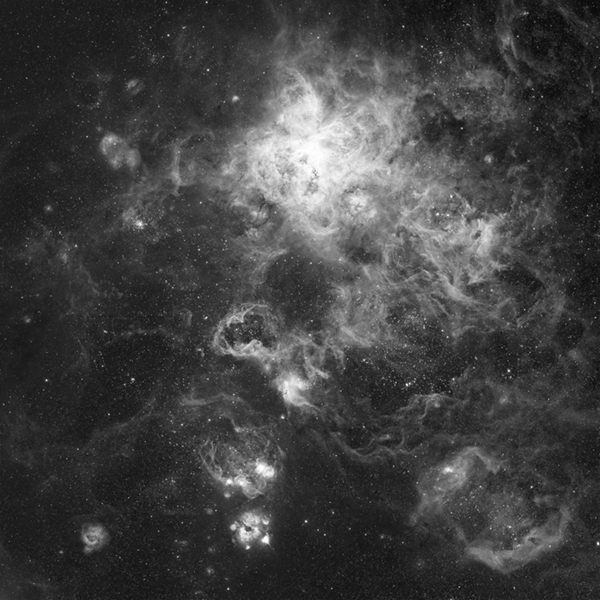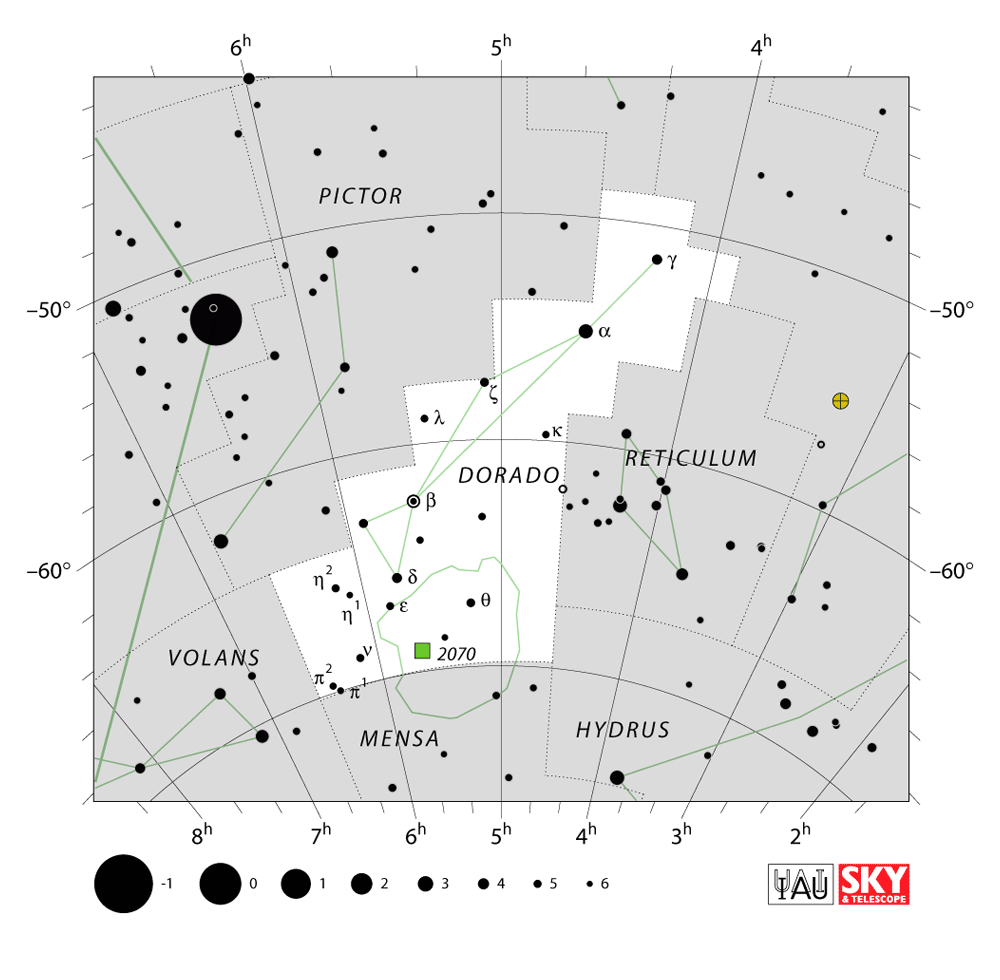The Tarantula Nebula
The Tarantula Nebula (NGC2070) is a large HII region in the southern hemisphere. While the Tarantula Nebula is only about 20 arc-minutes across, there is a lot of gas and dust surrounding it. The nebula itself is part of a large grouping, the Large Magellanic Cloud. The Tarantula’s apparent brightness is average at 8.3, but it’s very very far away. If it was moved to the distance of the Orion Nebula (1,300 light years away from Earth), then it would cast visible shadows onto Earth.
Specifications:
Designation: NGC2070
Known As: Tarantula Nebula
Apparent Size: 20′ x 20′
Magnitude (lower is brighter): 8.3
Distance from Earth: 160,000 LY
All the Dust
The image above was taken in the Bortle 1 sky of Chile. I rented observation time from a Chile telescope to capture this HOO image. The amount of detail and faint dust that the large telescope and pitch black skies captures is amazing.
EQUIPMENT
Telescope: ASA500 Newtonian
Camera: FLI PL 16803
Filters: Ha & OIII
ACQUISITION
Integration Time: 1.6 hrs
RGB: 20 x 300sec
BIN: 1×1
Temperature: -30° C
Bortle Scale: 1
CALIBRATION
Darks: 10
Flats: 30
Dark Flats: 30
Offset/Bias: 30


The Dorado Constellation
Dorado (Swordfish) is in the southern sky. It was named in the late 16th century and is now one of the 88 modern constellations. Its name refers to the dolphinfish, which is known as dorado in Spanish, although it has also been depicted as a swordfish.
Dorado contains most of the Large Magellanic Cloud (LMC), an irregular galaxy near the Milky Way. The LMC is home to one of the largest stars known, and to the Tarantula Nebula, the most active star-forming region in our galactic neighbourhood.

Available Merchandise
Use the Order Form to request prints or merchandise. (I accept Venmo or CashApp.)
*General information regarding constellations, galaxies, nebulae, and planets have been sourced from: AstroBackyard, VisibleDark, Wikipedia, EarthSky, and NASA.

